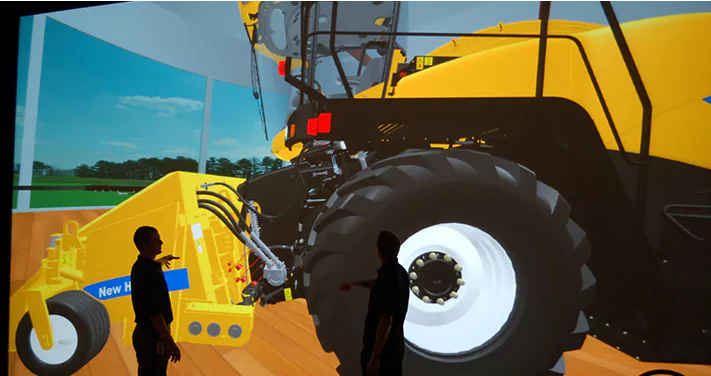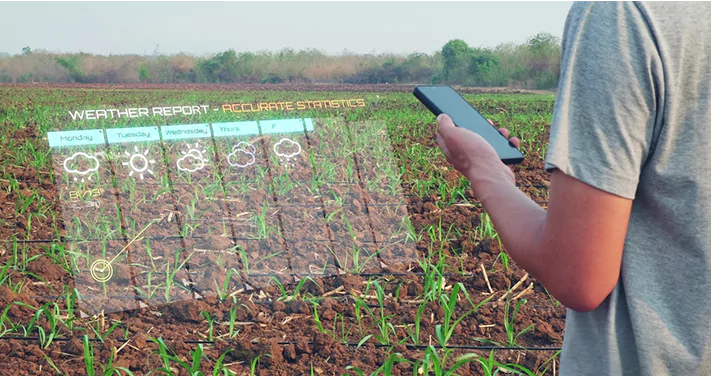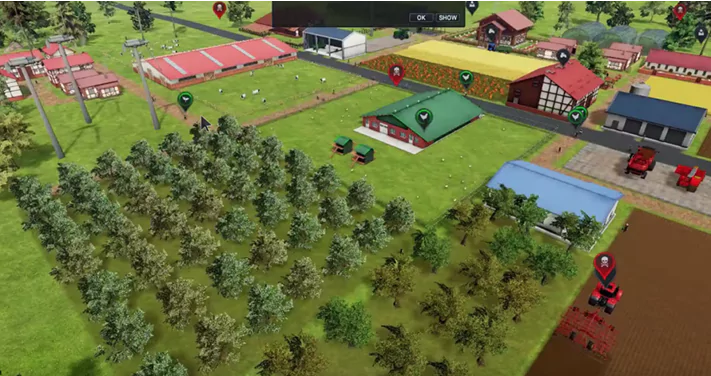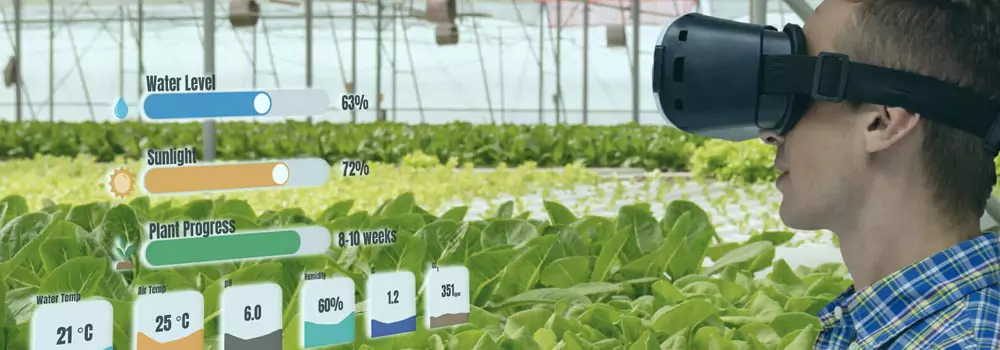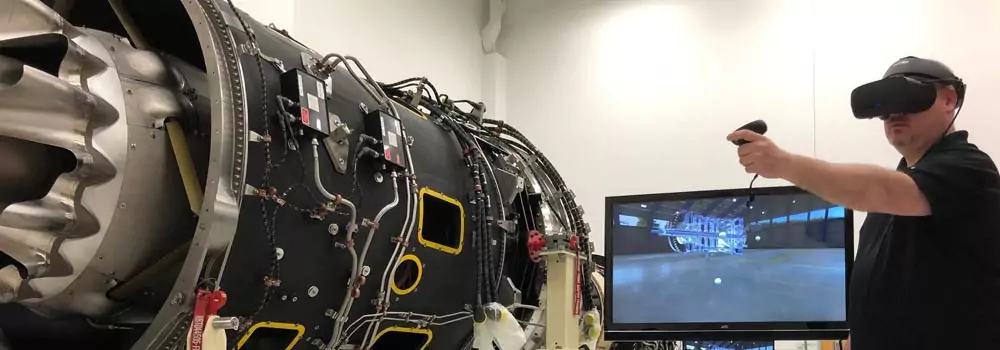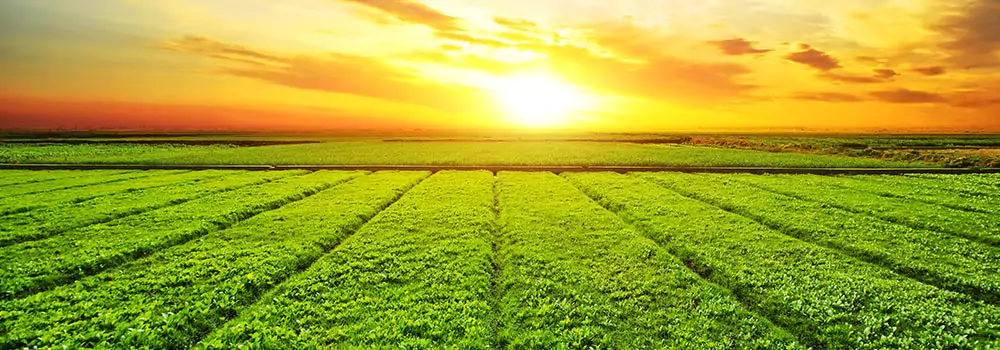AR/VR Solutions In Agriculture
With the development of technology, the agriculture sector is also witnessing a revolution in all aspects. The agriculture sector has been largely neglected for years. Especially, when it comes to training of different farming techniques, there were no specific training procedures around 10 years back. But, with the help of AR/VR techniques, the farmers can be efficiently trained. Also, AR solutions can be used to protect the farm lands too. And there are many other benefits too. It helps the farmers and agricultural farms to reduce their farming costs, by using the latest technologies. Hence, their profit increases.




